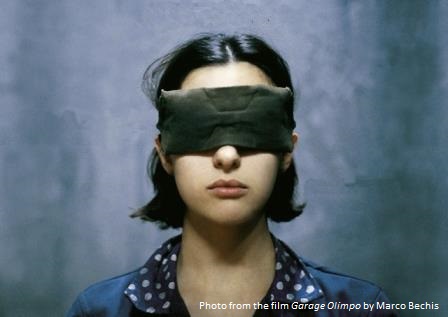The Subtitling of Indigenous Values in the Film Seediq Bale
DOI:
https://doi.org/10.13130/2035-7680/6848Parole chiave:
Seediq Bale, subtitle translation, translator¡¦s indigenous ideologies, Taiwan identity, semiotic modes, registersAbstract
The movie Seediq Bale, directed by Wei Te-Sheng and produced by John Woo, is a Taiwanese historical drama epic film
based on the Wushe Incident in 1930. The story depicts the Wushe Incident, which happened in central Taiwan
while it was under Japanese rule. Mona Rudao, a then chief of Seediq indigenous village Mahebu, led warriors
against Japanese authorities due to the long-term colonial oppression. In response, the Japanese mounted
a relentless counter-attack, killing over three hundred Seediq people. Often compared by the media in Taiwan
to the films Braveheart and The Last of the Mohicans, the film, released in 2011, is so far the most expensive
production in Taiwan cinema history. Different language registers are present in the movie, including Mandarin,
Japanese, and the Seediq language; this can be a great challenge for the translator when translating
the subtitles into English. Nonetheless, it is believed that ideologies can be manifested in language use.
So, the study attempts to disclose the translator¡¦s hidden indigenous ideologies in the English subtitles
s/he provided. Moreover, as subtitling translation involves a multiplicity of verbal and non-verbal semiotic modes,
those visual and audio elements could also contribute to the final product of subtitle translations.
Hence, the study, in addition to the translator¡¦s indigenous ideologies and handling of ethnic issues
in translation, also looks at how the translator worked with semiotic modes in designing the subtitles
for the target context.




